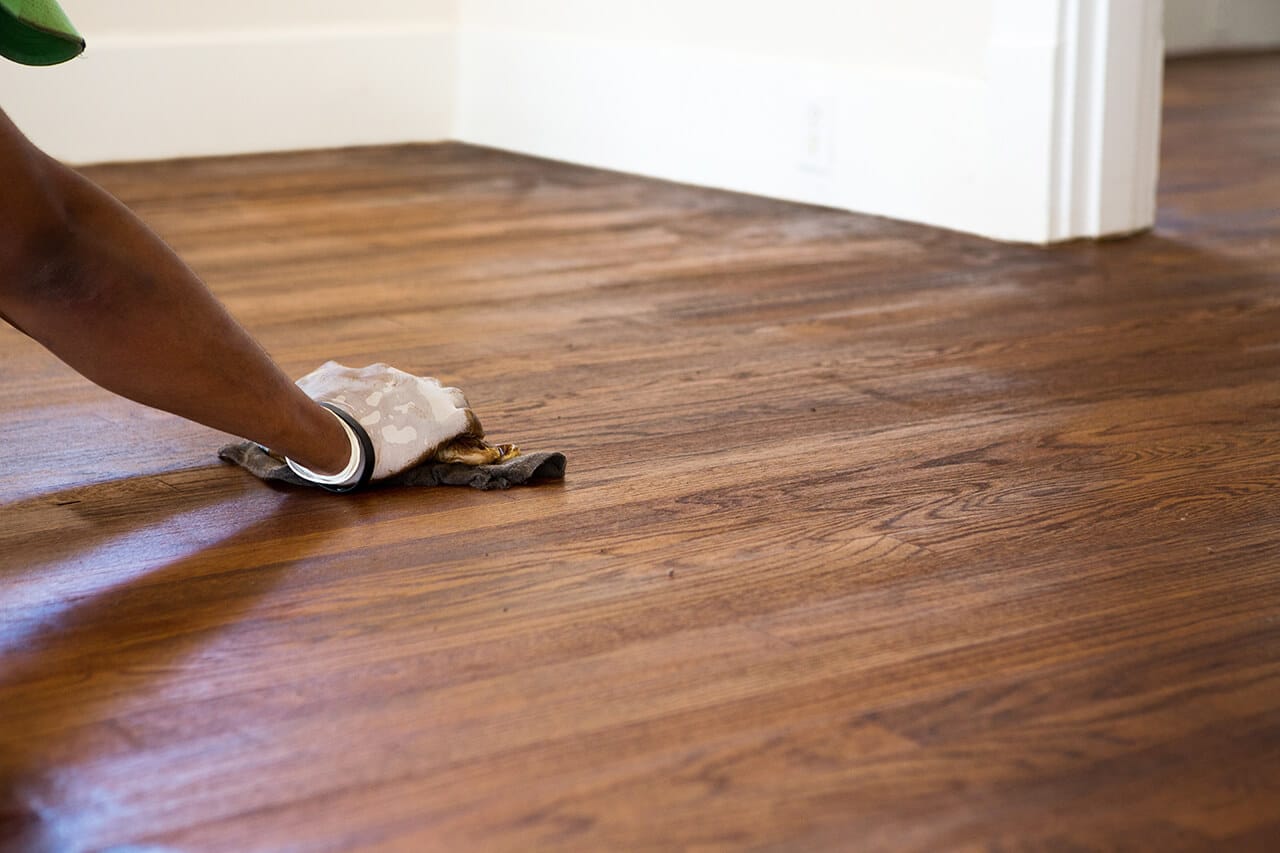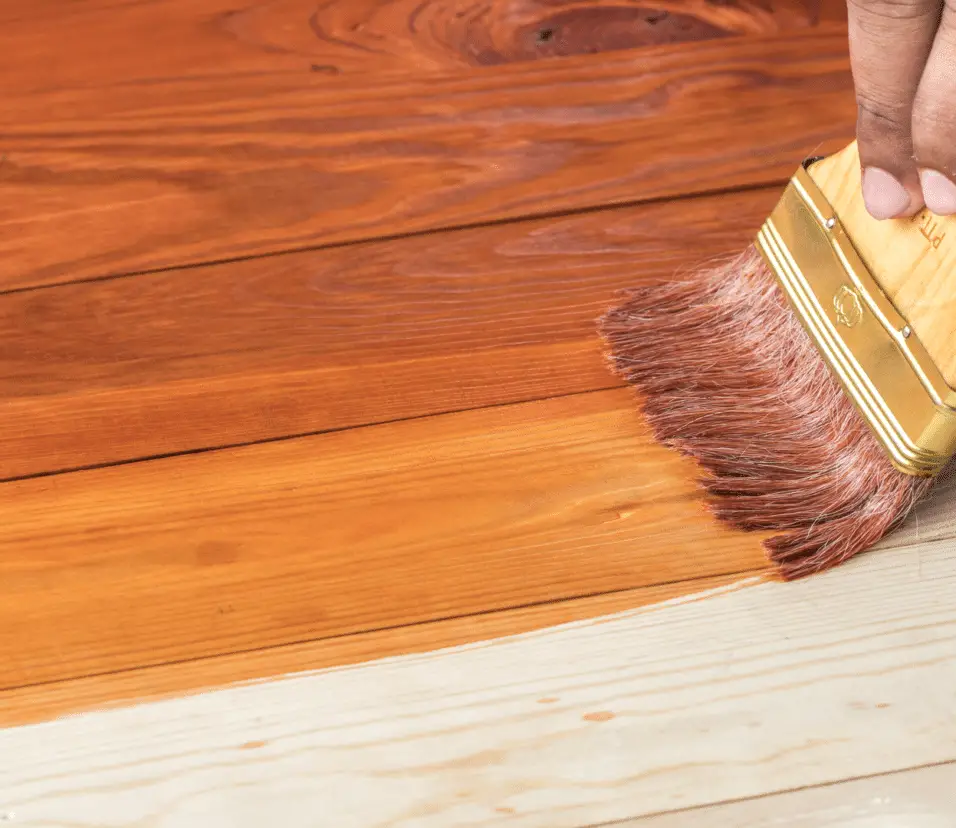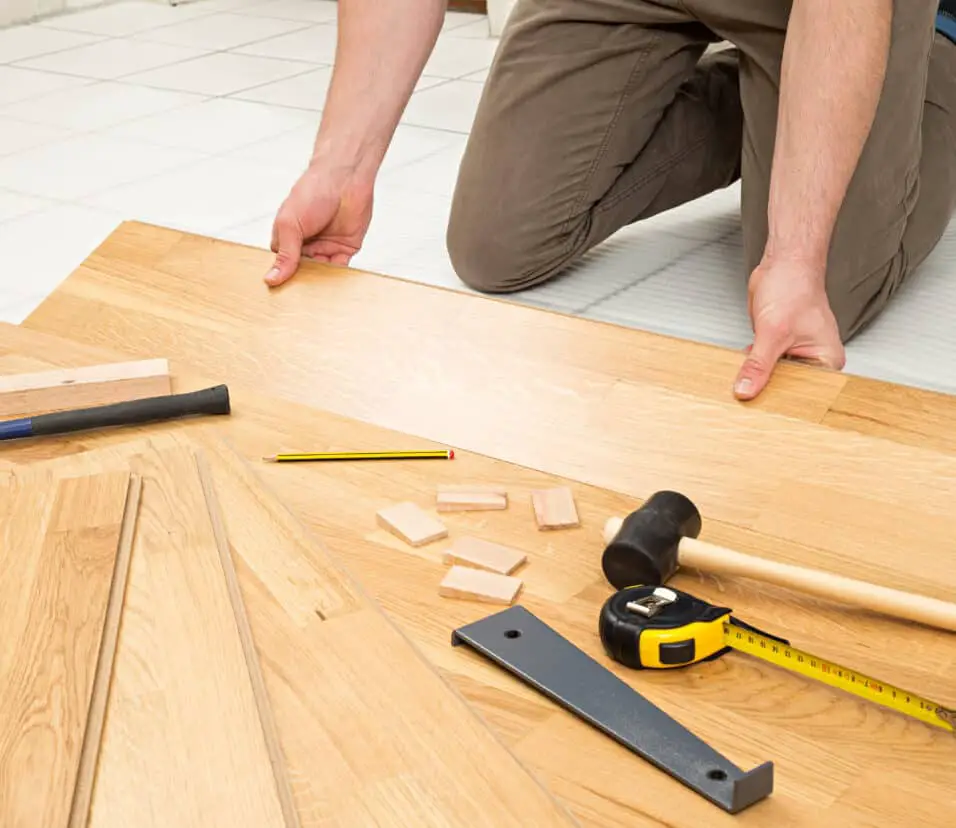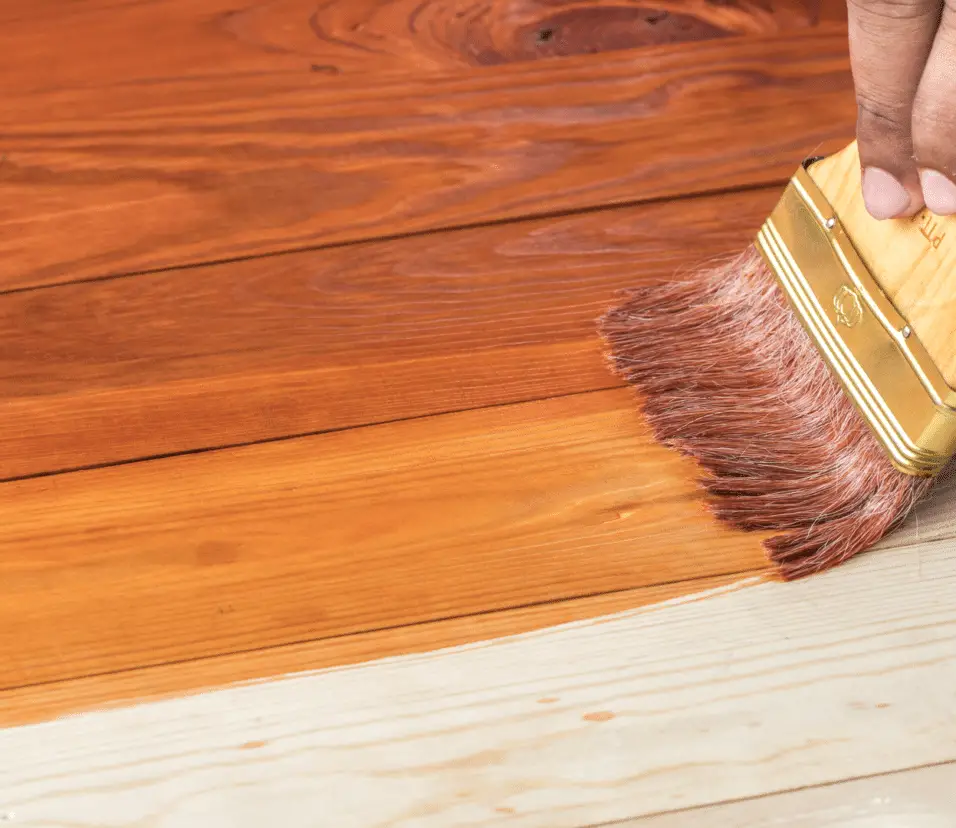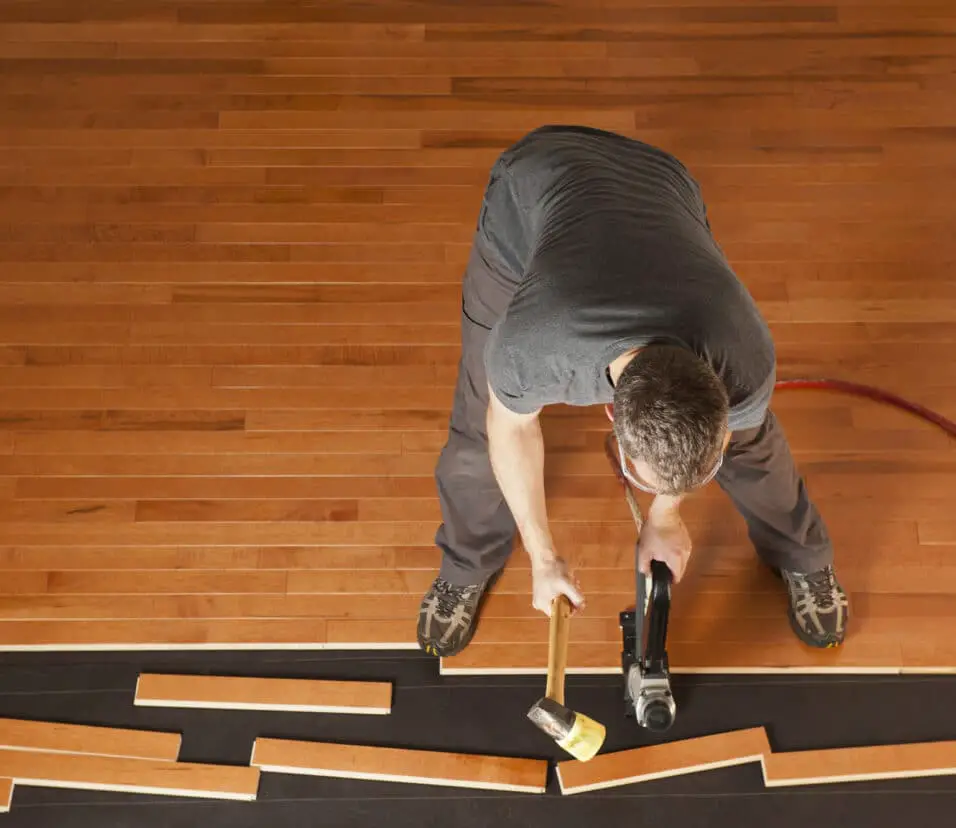How To Remove Paint From Wood Floor
Introduction
How To Remove Paint From Wood Floor: Before diving into the various techniques, it’s essential to gather the necessary supplies. You’ll need a paint scraper or putty knife, sandpaper or a sanding block, a vacuum or broom, a clean cloth, paint stripper or mineral spirits, and protective gear such as a mask and gloves. These tools will help you tackle the paint removal process with confidence.
Before getting started, it’s important to prepare the area properly. Clear the room of furniture and wood floor objects, and cover any adjacent surfaces or furniture with plastic sheets or drop cloths to prevent paint splatters from causing damage. Taking these precautions will help ensure a smooth and hassle-free paint removal process.
The methods for removing paint from a wood floor vary depending on the type of paint and its condition. For dried paint, gently scraping off as much as possible with a paint scraper or putty knife is a good starting point. Following that, sandpaper or a sanding block can be used to remove the remaining paint, being cautious not to damage the wood.
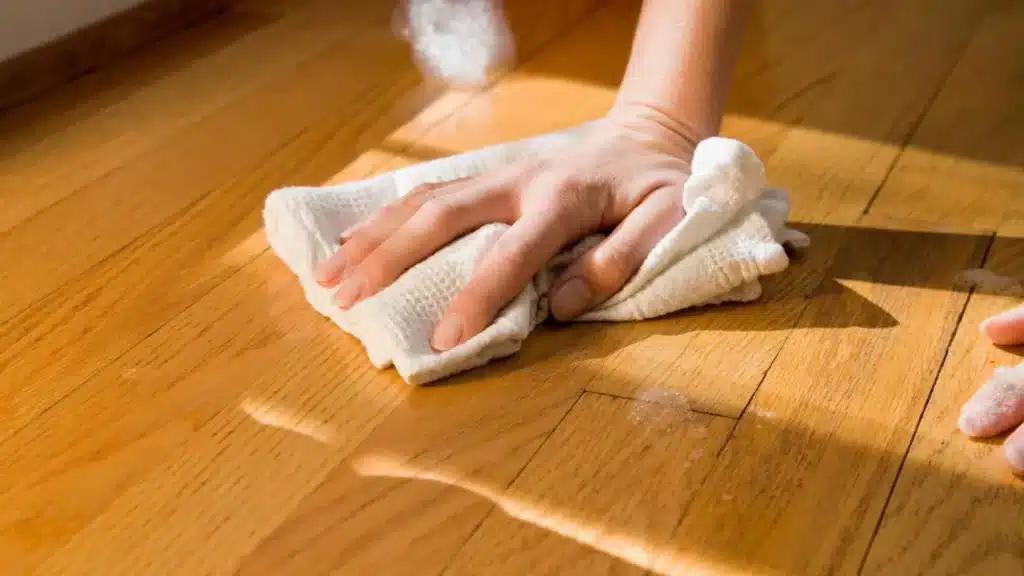
How Do You Remove Dry Paint From Wood Floors?
The (Mostly Free) Way to Get Dried Paint Off Wood
- Start by gently scraping up the dried paint.
- Next, use a damp rag over the dried paint.
- Hit the dried paint with a little heat.
- Try a solvent for any remaining dried paint.
- Finish with super-fine grit sandpaper.
Removing dry paint from wood floors requires careful attention to prevent damaging the surface while effectively eliminating the unwanted paint. Here’s a step-by-step guide on how to remove dry paint from wood floors.
Get the area ready: Getting rid of all the furniture and other things in the room is important. Also, use plastic sheets or drop cloths to protect nearby surfaces or furniture from paint chips and other debris.
After sanding, use a vacuum cleaner or broom to get rid of the dust and paint drops on the floor. Before you go any further, make sure the area is clean and free of any loose debris.
Before you clean the floor, make sure the paint is gone. Use a wet cloth to wipe the wood floor clean of any paint residue. Take your time and make sure that all the paint and cleaning products are gone.
What is the best paint remover for wood floors?
Motsenbocker’s LiftOff Latex Paint Remover
Motsenbocker’s Latex Paint Remover fits the bill nicely. It’s highly effective at removing old and new latex paint and latex enamel from a variety of surfaces, including walls, trim, molding, floors, wood, vinyl, tile, laminate, metal, brick, concrete, and vehicles.
When it comes to selecting the best paint remover for wood floors, several factors should be considered, such as the type of paint, the condition of the wood, and personal preferences. Here are some commonly used paint removers that are effective for wood floors:
Chemical Paint Strippers
Chemical paint strippers are widely used for removing paint from wood floors. These products contain powerful solvents that break down the paint, making it easier to scrape or wipe away. It’s important to follow the manufacturer’s instructions carefully, wear protective gear, and work in a well-ventilated area when using chemical paint strippers.
Solvents
Solvents like mineral spirits, acetone, or denatured alcohol can be effective in removing certain types of paint from wood floors. These solvents work by dissolving the paint, allowing it to be wiped away. However, they may not be as effective on stubborn or multiple layers of paint.
Heat Guns
Heat guns can be used to soften paint, making it easier to scrape off. By applying heat to the painted surface, the paint becomes more pliable and can be peeled or scraped away. Care should be taken not to hold the heat gun in one place for too long, as excessive heat can damage the wood.
Sanding
In some cases, sanding the wood floor may be the best option to remove paint. This method involves using sandpaper or a sanding block to gently sand away the paint layer by layer. It is important to use a fine-grit sandpaper to avoid damaging the wood.
The best paint remover for your wood floor depends on the specific circumstances and your comfort level with each method. It’s advisable to test the chosen paint remover in a small, inconspicuous area before proceeding with the entire floor. Additionally, if you are unsure or uncomfortable with the paint removal process, it’s recommended to consult a professional who can provide guidance and expertise.
Can Paint Come Off Wood Floors?
Remove old paint off hardwood floors using paint thinner
Take great care as the thinner can easily remove the finish. Ensure proper ventilation in the room you’ll be working inside. Soak a small part of a rag with the thinner and rub it on the paint stain until you remove all the paint thoroughly.
Fresh or wet paint is relatively easy to remove from wood floors. If the paint is still wet, it can be wiped or blotted with a clean cloth or paper towel. It’s important to act quickly before the paint dries and adheres more firmly to the surface.
When dealing with dry or cured paint on wood floors, the removal process becomes more challenging. Various methods can be employed to remove dried paint, including scraping, sanding, using chemical paint strippers, solvents, or heat guns.
Scraping is often the first step in removing dry paint. A paint scraper or putty knife can be used to gently scrape off as much paint as possible from the wood surface. However, care should be taken to avoid scratching or damaging the wood.
Sanding is another effective method for removing dried paint from wood floors. Sandpaper or a sanding block with a fine-grit (around 120 or higher) can be used to sand away the paint layer by layer. This process requires patience and care to avoid excessive sanding and damage to the wood.
Chemical paint strippers and solvents can also be used to remove dried paint from wood floors. These products work by breaking down the paint, making it easier to scrape or wipe away. It’s important to follow the manufacturer’s instructions, wear protective gear, and work in a well-ventilated area when using chemical paint strippers or solvents.
What Liquid Removes Paint From Wood Floor?
Mix Isopropyl Alcohol and Lemon Juice
If soap and water didn’t work, mix a solution of three parts isopropyl (rubbing) alcohol and one part lemon juice in a small bowl. Begin by carefully scraping off as much of the paint as possible with a putty knife without harming the floor finish.
When it comes to removing paint from a wood floor, several liquids can be effective in softening and dissolving the paint, making it easier to remove. Here are some liquids commonly used for removing paint from wood floors:
For water-based paints, a mixture of warm water and mild detergent can be a good starting point. Soak a clean cloth in the soapy water, wring it out, and gently rub the paint until it begins to loosen. This method is suitable for minor paint spills or when dealing with water-based paint stains.
White vinegar is a versatile household item that can also help remove paint from wood floors. Mix equal parts of white vinegar and warm water, soak a clean cloth in the solution, and rub it onto the paint. The acidity of vinegar helps break down the paint, making it easier to remove.
Isopropyl rubbing alcohol can be effective in removing certain types of paint from wood floors. Moisten a clean cloth with rubbing alcohol and gently rub the paint until it starts to dissolve. This method works best for latex or water-based paints.
What Can Remove Paint From Wood?
There are three ways of removing paint from wood: sanding, using a hot air gun and chemical paint strippers.
When it comes to removing paint from wood, several methods and tools can effectively eliminate unwanted paint while preserving the integrity of the wood surface. Here are some common techniques and substances used to remove paint from wood:
Paint Scrapers or Putty Knives
These tools are ideal for removing dried or peeling paint from wood surfaces. Gently scrape the paint off using a back-and-forth motion, being careful not to gouge or damage the wood.
Sanding
Sanding is an effective method for removing paint from wood surfaces, especially when dealing with multiple layers or stubborn paint. Use sandpaper or a sanding block with a medium to fine grit and sand in the direction of the wood grain. This gradually removes the paint while smoothing the wood surface.
Chemical Paint Strippers
Paint strippers are formulated to dissolve paint and make it easier to remove. Apply the paint stripper according to the manufacturer’s instructions, allow it to penetrate the paint, and then use a scraper or putty knife to scrape away the softened paint.
Heat Guns
Heat guns can be used to soften paint, making it easier to scrape off. Apply heat to the painted area using a heat gun, keeping it at a safe distance to prevent scorching the wood. Once the paint softens, use a scraper or putty knife to remove it.
Solvents
Various solvents can be effective in removing paint from wood, such as mineral spirits, acetone, or denatured alcohol. Apply the solvent to a clean cloth and gently rub the paint until it starts to dissolve.
Natural Remedies
Some natural substances, such as vinegar or lemon juice, can help remove certain types of paint from wood surfaces. Apply the natural remedy to a clean cloth and gently rub the paint until it starts to dissolve. Rinse the area with clean water afterward.
Can dried paint be removed?
Dish soap and a safety razor blade can remove even old, dried-on paint. Mix dish soap with warm water until sudsy, and thoroughly wet the window with a sponge or rag.
Dried paint can be removed from various surfaces, including wood, with the right techniques and tools. While it may require a bit more effort compared to wet or fresh paint, there are several effective methods to remove dried paint. One common approach is to use a paint scraper or putty knife to gently scrape off the dried paint. Start by holding the scraper at a shallow angle and apply light pressure to avoid damaging the surface underneath. Work in small sections, gradually lifting and removing the paint. Be careful not to scrape too aggressively, as this can cause scratches on delicate surfaces.
Another method is to use heat to soften the dried paint. Heat guns or hair dryers can be employed to warm the paint, making it more pliable for removal. Hold the heat source several inches away from the paint and move it back and forth to avoid overheating or scorching the surface. Once the paint softens, use a scraper or putty knife to lift it away.
Can I use a power sander to remove paint from a wood floor?
Using a power sander to remove paint from a wood floor is possible, but it requires caution and careful technique to avoid damaging the wood. Here are some important considerations when using a power sander for paint removal:
Choose the right type of sander: Opt for a random orbital sander or a belt sander with a fine-grit sandpaper. These types of sanders are less aggressive and provide better control over the sanding process.
Prepare the area: Clear the room of furniture and objects, and cover any adjacent surfaces or furniture with plastic sheets or drop cloths to protect them from dust and debris generated by the power sander.
Test in an inconspicuous area: Before proceeding with the entire floor, test the power sander on a small, hidden section of the wood floor to assess its effect and ensure it doesn’t cause any damage or excessive sanding.
Follow a gentle sanding technique: Apply light pressure and move the sander in a back-and-forth motion, following the wood grain. Avoid staying in one spot for too long, as it can lead to uneven sanding or gouging.
Monitor the progress: Regularly check the surface as you sand to ensure you are removing the paint evenly without damaging the wood. Take breaks to clean the sander’s sandpaper or replace it if it becomes clogged with paint residue.
Consider using a paint stripper: If the paint is particularly stubborn or multiple layers need to be removed, using a chemical paint stripper before sanding can help soften the paint, making the sanding process more efficient.
Clean the area thoroughly: After removing the paint using the power sander, vacuum or sweep the floor to remove any dust or debris. Wipe the surface with a damp cloth to ensure it is clean before applying any sealant or finish.
What is the best method for removing dried paint from a wood floor?
When it comes to removing dried paint from a wood floor, the best method often depends on the specific situation and the type of paint involved. Here are a few effective methods for tackling dried paint on wood floors:
Scraping
Gently scraping off as much dried paint as possible with a paint scraper or putty knife is a good starting point. Be careful not to apply too much pressure or scratch the wood surface. This method works best for thick or peeling paint layers.
Sanding
This gradually removes the paint layer by layer while smoothing the surface. Remember to avoid excessive sanding, as it may damage the wood.
Chemical Paint Strippers
Chemical paint strippers can be effective in softening and removing dried paint from wood floors. Follow the manufacturer’s instructions and wear protective gear. Apply the paint stripper to the affected area, let it sit for the recommended time, and then use a scraper or putty knife to gently scrape away the softened paint. Thoroughly clean the floor after using a chemical paint stripper.
Heat Gun
Using a heat gun can be an alternative method for removing dried paint. Once the paint softens, use a scraper or putty knife to carefully remove it. Take care not to heat the wood excessively, as it can cause damage.
What should I do if the wood floor gets damaged while removing the paint?
The wood floor gets damaged during the process of removing paint, it’s important to address the issue promptly to prevent further damage and restore the floor’s appearance. Here are some steps to take if your wood floor sustains damage during paint removal:
Assess the extent of the damage
Carefully examine the affected area to determine the severity of the damage. This will help you determine the appropriate course of action.
Minor scratches or gouges
For minor surface scratches or shallow gouges, you may be able to address the issue by using a wood filler or putty. Select a filler that matches the color of your wood floor and follow the manufacturer’s instructions to apply it. Once the filler dries, sand the area gently to smooth it out and blend it with the surrounding wood.
Deeper damage or major scratches
If the damage is more significant, it may require more extensive repair work. In such cases, it’s advisable to seek professional help from a wood flooring specialist or a contractor experienced in wood floor repairs. They can assess the damage and recommend the best course of action, which may involve refinishing the affected area or even replacing a damaged plank if necessary.
Refinishing the floor
If the damage is extensive or if the floor has undergone significant wear and tear, you might consider refinishing the entire floor. Refinishing involves sanding down the entire floor surface to remove the old finish and then applying a new finish or stain. This process can help restore the appearance of the floor and provide a fresh, uniform look.
Prevention for future projects
To prevent damage during future paint removal or renovation projects, take precautions such as using protective coverings on the floor, using drop cloths or plastic sheets, and employing masking tape to protect the surrounding areas. Additionally, consider consulting professionals or experts for guidance and assistance to minimize the risk of damage.
Remember, repairing and refinishing a wood floor requires skill and expertise. If you are uncertain about the best course of action or lack experience in wood floor repairs, it’s recommended to consult professionals who can provide proper guidance and ensure the best results for your damaged wood floor.
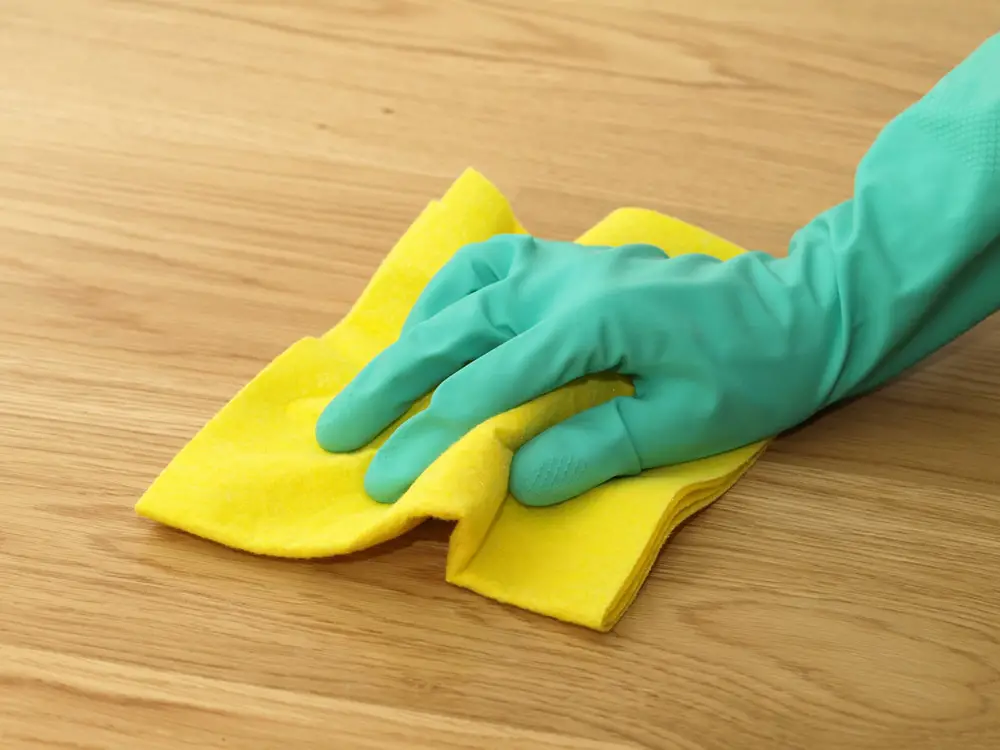
Conclusion
Removing paint from a wood floor is a task that can be accomplished with the right knowledge, techniques, and tools. Whether you’re dealing with wet or dried paint, accidental spills, or layers of old paint, there are various methods available to help you successfully remove the paint while preserving the beauty and integrity of the wood.
By following the appropriate steps and using the recommended tools, such as paint scrapers, sandpaper, chemical paint strippers, solvents, or heat guns, you can effectively remove paint from your wood floor. It’s important to choose the method that suits the type of paint and the remove paint condition of the wood, and to exercise caution throughout the process to avoid damaging the surface.
Preparing the area before starting and wearing protective gear are essential for ensuring safety and preventing any unintended damage to surrounding objects or surfaces. Additionally, taking the time to test any chosen method in a small, inconspicuous area can help avoid potential issues and determine its effectiveness before proceeding with the entire floor.



